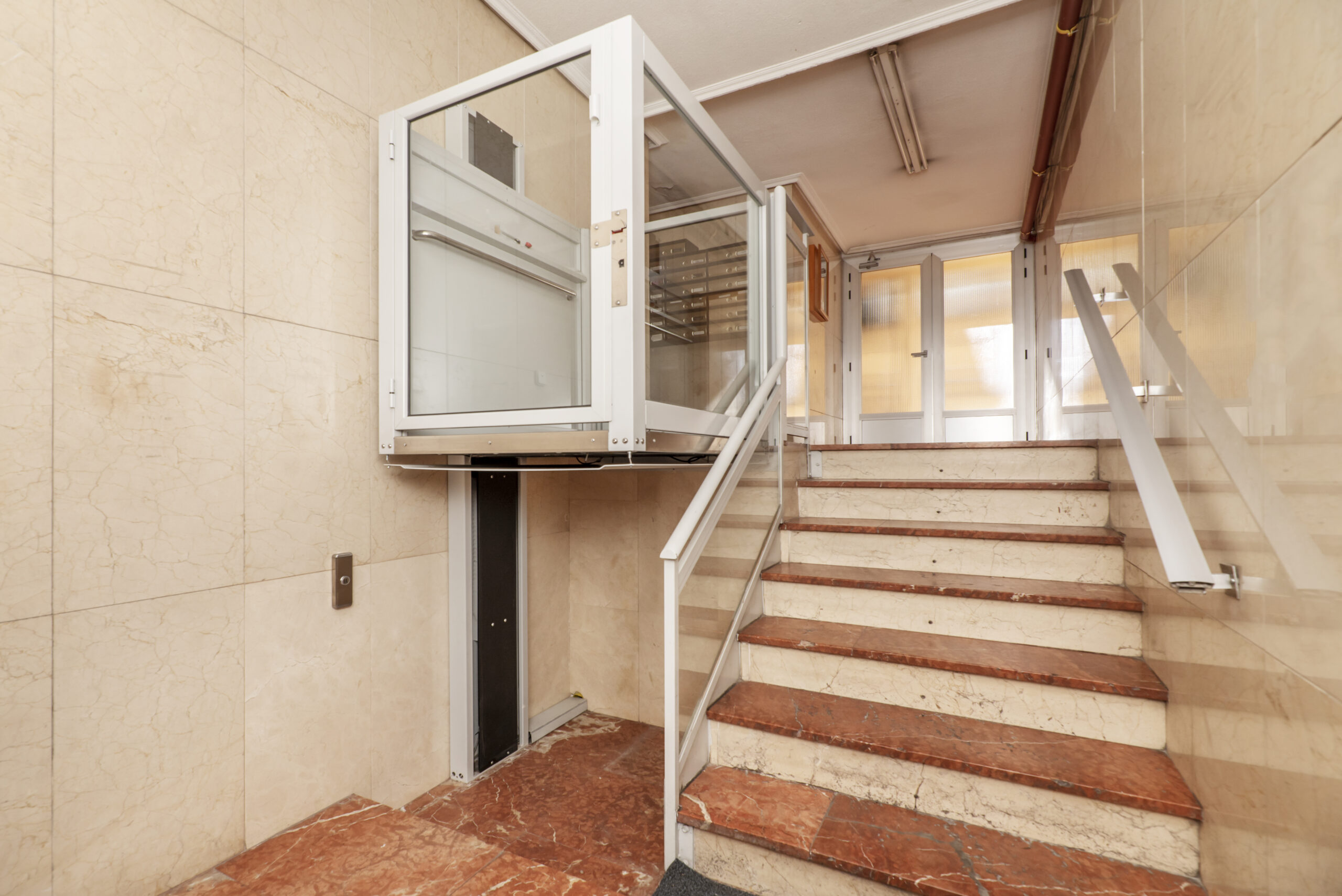Living in a multi-level home in the hilly neighborhoods of Woodland Hills or Encino in San Fernando Valley, can present unique accessibility challenges. One of the most effective solutions is to install a home elevator or stairlift. Not only do these installations enhance mobility and independence, but they also significantly boost the property’s value. But what should you know about installing these accessibility devices? Impactful Construction Group, a CA licensed contractor based in Woodland Hills, serving the entire Los Angeles area, brings you this comprehensive guide to help you navigate this process.
Installing a home elevator or stairlift can be a complex process that calls for a deep understanding of the home’s structure, the available equipment, and the local building codes. Our experienced team at Impactful Construction Group has compiled this guide to provide you with the critical information you need to make an informed decision.
From choosing the right type of lift to understanding the installation process, maintenance needs, and cost implications, this guide will cover it all. Whether you’re considering an elevator for your Northridge residence or a stairlift for a Sherman Oaks home, let’s dig in and explore what you should know.
Table of Contents
ToggleChoosing The Right Type of Lift
The first step in installing a home elevator or stairlift is to choose the right type of lift that suits your needs, budget, and the architectural layout of your home. There are several types of lifts available in the market today, each with its own set of advantages and limitations.
Home elevators come in various designs, including traditional elevators, wheelchair lifts, and pneumatic vacuum elevators. Stairlifts, on the other hand, are typically categorized into straight and curved stairlifts.
To choose the right type of lift:
- Evaluate your mobility needs and those of your family members
- Consider the layout and structure of your home
- Consider your budget
- Consult with a professional from a reputable company like Impactful Construction Group
Understanding the Installation Process
After choosing the right type of lift, the next step is understanding the installation process. This process can vary depending on the type of lift and the structure of your home. It is crucial to involve a CA licensed contractor such as Impactful Construction Group, as they are familiar with the local building codes in Los Angeles, North Hollywood, and other San Fernando Valley areas.
The installation process typically involves initial home assessment, designing the lift, preparing the installation site, and finally installing the lift. It can take anywhere from a few days to several weeks.
When preparing for installation, remember:
- Ensure there’s enough space for the lift
- Ensure your home’s structure can support the lift
- Ensure power supply is available where the lift will be installed
Maintenance Needs
Like any other mechanical device, home elevators and stairlifts require regular maintenance to ensure they remain in perfect working condition. Maintenance needs can vary depending on the type of lift, but typically involve routine inspections, cleaning, lubrication, and replacements of worn out parts.
At Impactful Construction Group, we recommend having your lift inspected and serviced at least once a year by a professional. Additionally, always be on the lookout for any signs of wear and tear or any changes in the way your lift operates.
Key maintenance tips include:
- Regularly clean the lift
- Regular lubrication of moving parts
- Immediate replacement of worn out parts
- Adhering to the recommended weight limit
Cost Implications
The cost of installing a home elevator or stairlift can vary widely, depending on the type of lift, the complexity of the installation, and the specific needs of the user. It’s important to discuss the cost implications with your contractor before starting the project. At Impactful Construction Group, we offer free consultations and estimates to help our clients make informed decisions.
Apart from the initial purchase and installation costs, also consider future costs like maintenance and repairs. We always recommend choosing high-quality lifts from reputable manufacturers, as they tend to be more durable and require less maintenance.
FAQ Section
Q1: How much space do I need for a home elevator?
A: The space required for a home elevator can vary depending on the type and model of the elevator. However, most home elevators require a space of at least 4.5 feet by 5 feet.
Q2: Can my home support the weight of a stairlift or elevator?
A: Most homes can support the weight of a stairlift or elevator. However, it’s important to have a professional contractor assess your home’s structure to be sure.
Q3: Can I install a stairlift or elevator myself?
A: Installing a stairlift or elevator is a complex process that requires professional expertise. While it’s technically possible to do it yourself, we strongly advise against it. Always hire a CA licensed contractor for such installations.
Q4: How long does it take to install a home elevator or stairlift?
A: The installation time can vary depending on the type of lift and the complexity of the installation. However, most installations can be completed within a week.
Conclusion
Installing a home elevator or stairlift is a significant investment that can greatly enhance the quality of life for individuals with mobility issues. By understanding the types of lifts available, the installation process, maintenance needs, and cost implications, you can make an informed decision that suits your needs and budget. Remember, it’s always best to work with a reputable and experienced contractor like Impactful Construction Group.
Ready to transform your space? Trust the experts at Impactful Construction Group. As CA licensed contractors based in Woodland Hills, we serve the entire Los Angeles area with premium construction and remodeling services. Call or text (323) 591-3717 for a free consultation and let’s bring your vision to life.
